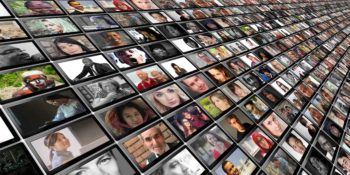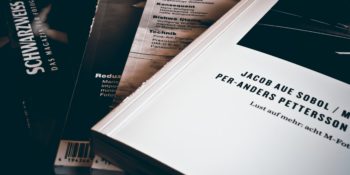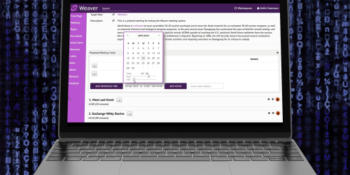- Transparent communication – In Dynamic Community Governance all viewpoints are valued. Different perspectives, which are often viewed as sources of conflict in other organizations, are viewed as seeds of growth and inspiration. By creating a trusting environment, people feel free to speak candidly and thus provide the tools to grow a healthy and mature organization. A transparent organization is a healthy one.
- Equivalence – In Dynamic Community Governance all voices and perspectives are valued. That means we are all equivalent because we all see different sides of the elephant and learn from each other.
- Consent – Consent-based decision making is quite different than consensus. Whereas consensus asks for everyone to agree to a decision, consent decision making asks if a proposal is good enough for now, safe enough to try. It is a vehicle for rapid decision making, which helps decision making be fluid, fun, and fast.
- Paramount objection – In DCG, we welcome different points of view. When a proposed decision is made, the facilitator asks whether or not you have a paramount objection to it. That means that something about it is uncomfortable for you. That objection leads to a deeper discussion.
- Election – In this process, we hold elections in a completely transparent way. That means we openly discuss who we nominated and how those votes are related to the agreed upon qualifications.
- Facilitator – The facilitator is someone who was elected for the role by the group. That person ensures that all voices are heard as the group makes a common decision.
- Circle Administrator – The circle administrator is responsible for making sure:
- The agenda is prepared and sent out,
- The meeting room is ready,
- Minutes are taken, including action items, and distributed after the meeting,
- Records are well-maintained.
The Circle Administrator need not perform all these tasks but is responsible for ensuring they are done.
- Blind spots – None of us is able to see the whole picture. We all have blind spots. The DCG process helps us become aware of our blind spots and learn from each other as we create effective decisions together.
- Both/and thinking – Most of us are accustomed to thinking that things need to be either one way or the other. What if we instead think, “It doesn’t have to be either/or, it can be both.” That is the beauty and challenge of the DCG process.




